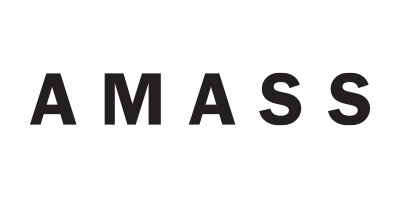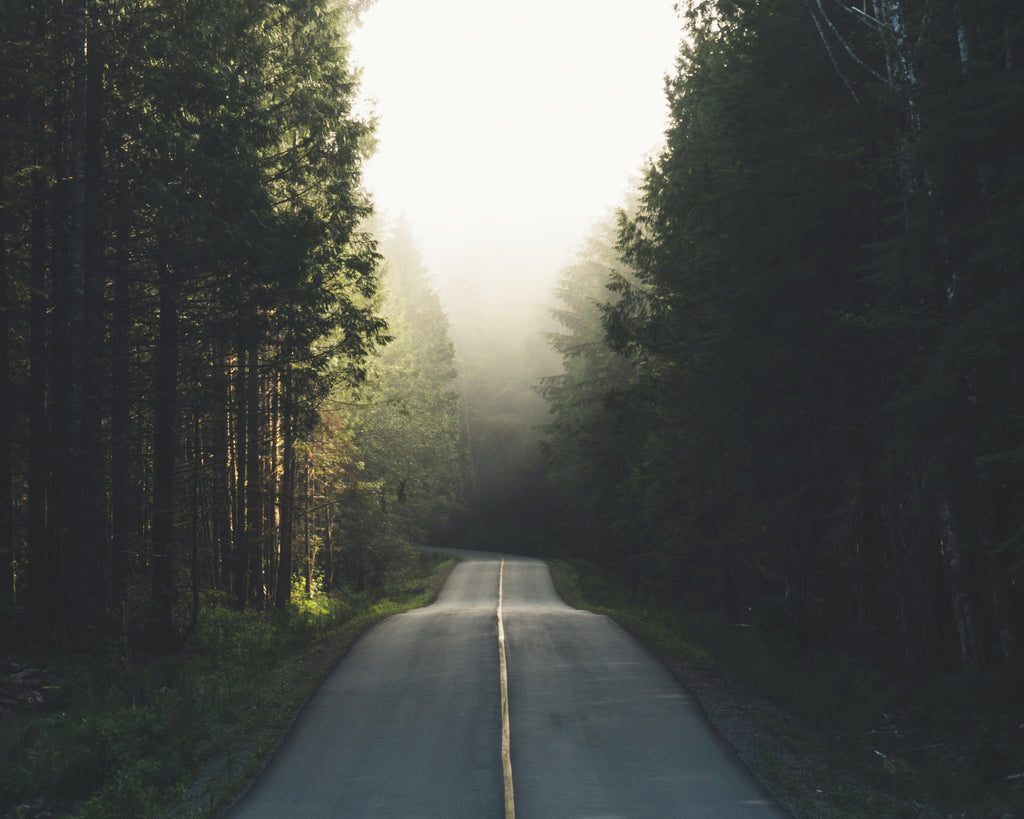A Brief History of Vancouver Island
When AMASS Co-Founder and Master Distiller Morgan McLachlan was a child, she spent summers deep in the coniferous forests and alongside the rushing rivers of Vancouver Island.
“It was like Avalon,” she describes the terrain now, alive with flora and fauna such as elk, black bears, and mountain goats.
In that picturesque stretch of land plopped in the Pacific, Morgan became enamored with plants and the unique microclimates of the region she called home.
Vancouver Island, unlike the mainland of British Columbia with its harsh winters and frequent snow, has a mild climate. It's one of the warmest areas in Canada, and Mediterranean crops like olives and lemons thrive there because of it, as do sun-loving botanicals like sumac and sorrel.
The island’s rich, plentiful natural resources are why indigineous peoples have lived there for thousands and thousands of years. The Kwakwa̱ka̱ʼwakw, Nuu-chah-nulth, and various Coast Salish peoples all still reside on the island, and their cultures are deeply entwined with the bountiful nature the region has to offer.
Kwakwa̱ka̱ʼwakw oral history says their ancestors came in the forms of animals. Origin myths tell the tale of seagulls, grizzly bears, and orcas emerging from the sea and forest before transforming into their human form. The Coast Salish peoples, too, have their own stories of shapeshifting between animal and human spirits. This profound connection to the natural appears in their cultures in other ways, too, like fishing, which historically was central to both the Kwakwa̱ka̱ʼwakw and Nuu-chah-nulth economy.
Today, nature remains at the forefront of social, spiritual, and commercial life on Vancouver Island. The 12,407 square miles of terrain that make up the island is broken up into seven regions, each with their own unique microclimate. South Island, which sits at the southernmost point of Vancouver Island, is a commercial hub home to British Columbia’s vibrant capital, Victoria. Other regions offer more quiet respite, like North Central Island with its alpine mountains and running rivers.
The Pacific Rim, which sits on the central western coast of Vancouver Island, is home to a temperate rainforest and boasts the largest rainfall in North America. The tallest recorded Douglas firs were found in this stretch of forest, swaying in the canopy alongside dozens of other species of coniferous “big trees” like western hemlock, Sitka spruce, and yellow cedar.
It was this particular microclimate that inspired our Co-Founder Morgan to develop Forest Bath. Craving the sensory comforts of her home province, she sought to capture the essence of Vancouver Island in a bath salt blend. The crisp salt of the Pacific pairs with the soothing scent of rain drizzling on the treetops of the island’s coastal forests for an immersive soak that transports you to the Pacific Northwest’s lush landscape.
Read more about how Morgan self-soothes with a long soak here, and then take a trip to Vancouver Island from your tub.
P.S. Stay tuned for another PNW-inspired product, dropping later this month.

